
How good is China’s 2023 vintage? What happens when you mix whisky and gin with wine? Can we get new higher yields by skipping Old World traditions? Which red wine pairs with burgers best?
We tackle those pressing issues and more with Lee Yeanyean — Grace Vineyard’s chief wine consultant, major burger and beer o’clock aficionado, and all-around good guy — in the newest Q&8. Let’s go!
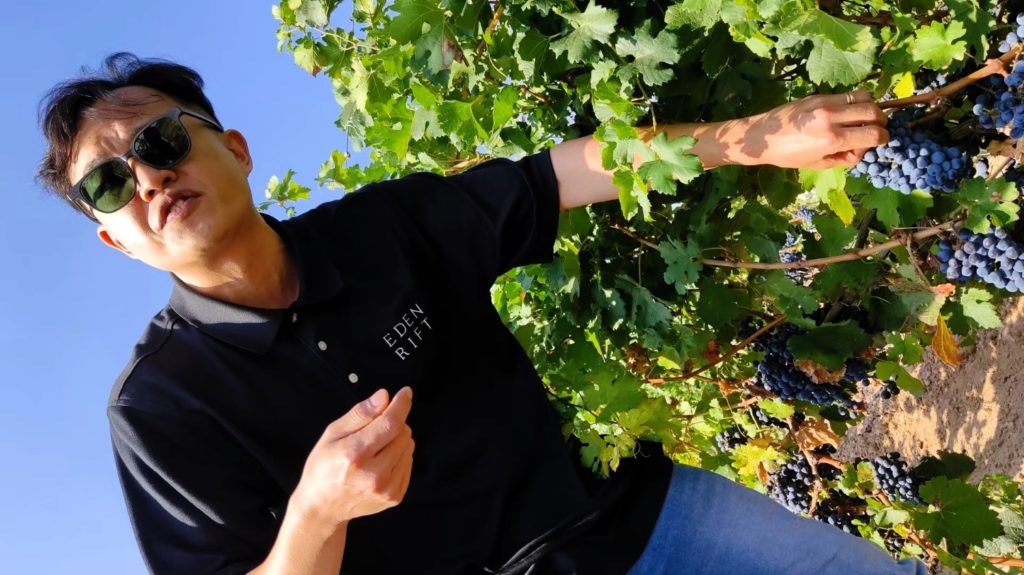
1 It seems you get busier every year. You not only bounce between the Shanxi and Ningxia wineries, but also have new duties as Grace moves into gin and whisky. How is your role changing?
I’m still adapting to the new routine. With the addition of gin and whisky, every day is a learning day, with winemaking still the most demanding in terms of time. Luckily, we have a great team at the distillery that manages things so well.
The challenge always come down to “consistency” in each product we release under the Grace Vineyard label. I just need to be patient, learn every day, and manage my time better than ever.
2 I saw you post that the 2023 vintage is a bit like 2019, which was a very good one. What’s your overall take on this year’s harvests in Ningxia and Shanxi?
Yes, we see similar ripeness and cropping levels, and almost the same weather conditions, in Shanxi and Ningxia for 2019 and 2023.
Shanxi was pretty amazing this year as it was cold and dry toward season’s end, very much like 2019. And we almost always see high sugar levels in Ningxia, but not this year. If we compare only sugar levels, then Ningxia and Shanxi are very close to each other.
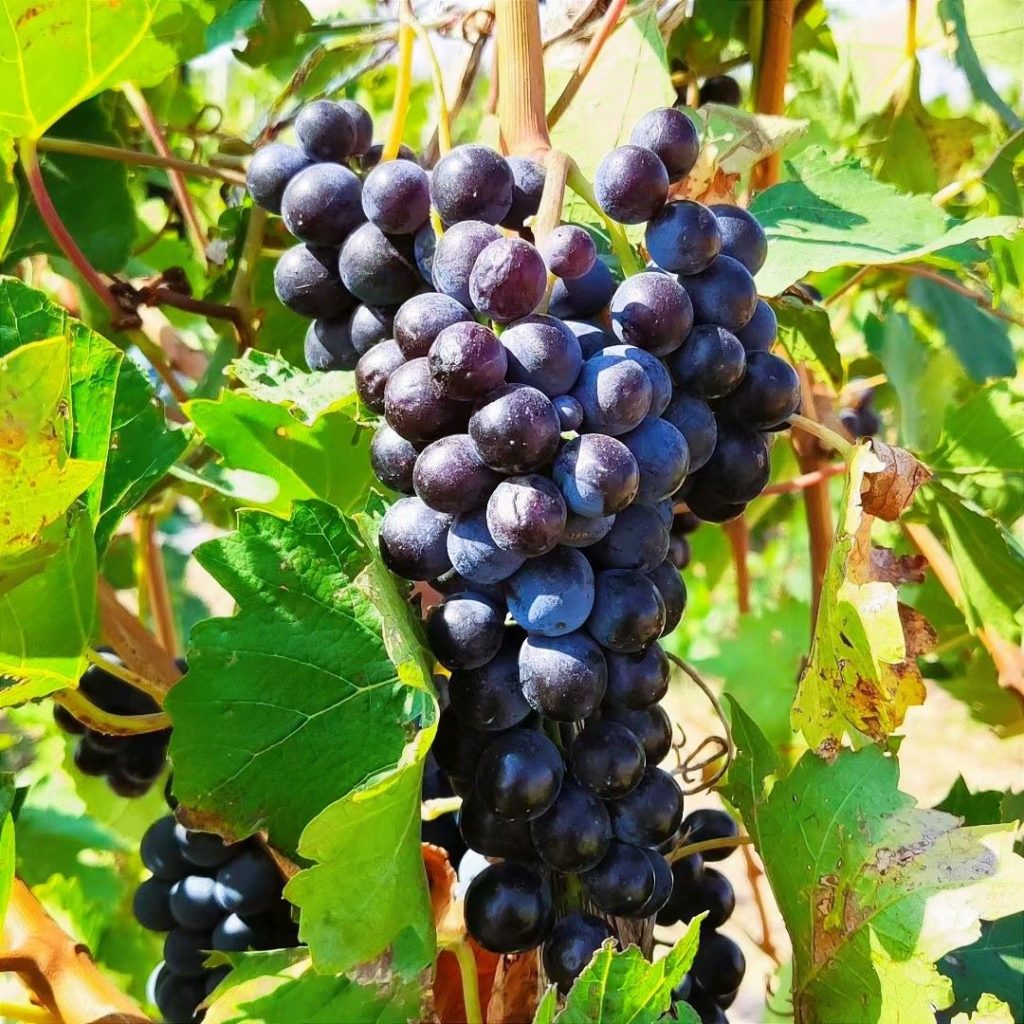
3 Your ideas on vineyard yields differ from many in Ningxia, given you see room for bigger harvests that require longer maturation times. Could you talk a bit about that?
The whole idea is to utilize and maximize local natural conditions, mostly the weather, to achieve yield targets that consider the grape variety, the designated wine style, and the target price and quality.
For example, growing an early ripening variety, but with bigger yields, leads to a later harvest. That can lower the cost per hectare, as long as we manage to keep the vines healthy.
In other words, instead of harvesting in August with a small yield, why not harvest in September with a bigger yield as well as more maturation time?
Bigger yields can lower costs per bottle, which can mean more competitiveness, including internationally, in terms of quality and value.
Also, why base Ningxia yield practices on Old World traditions, particularly those from France, when our so-called “terroir” is different? Why look to places such as Bordeaux or Napa for guidelines instead of creating ones that work best for China?
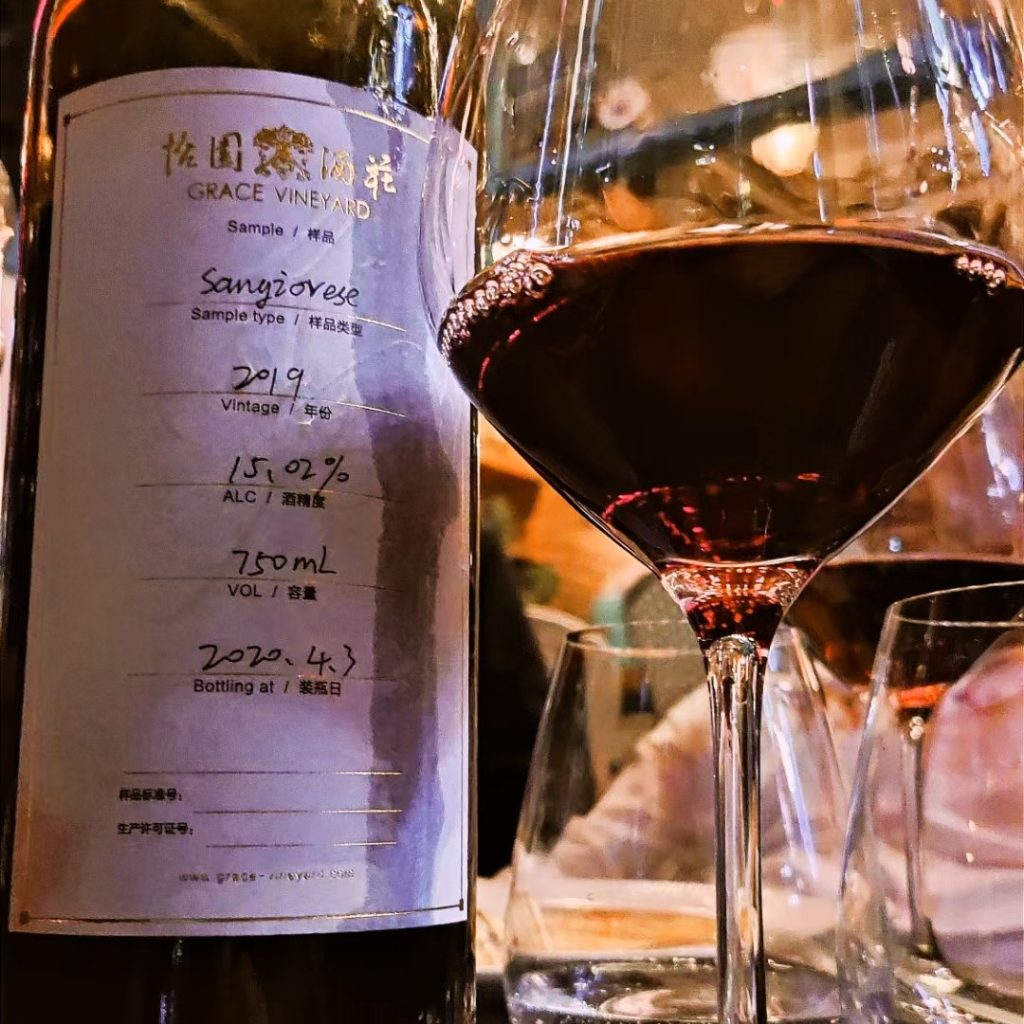
4 You guys have experimented with grapes like Sangiovese, Tempranillo, Saperavi and Nebbiolo in recent years. What are the main takeaways so far?
Sangiovese is the best so far. It grows well both in Shanxi and Ningxia. Our experiments with Nebbiolo, Saperavi and Tempranillo show they need more time to be established. The vines don’t like the soil and weather as much as Sangiovese.
Of these four grape varieties, Sangiovese is most likely to be released first. We are testing one version aged in barrels and one in concrete tanks, with the latter giving us lots of “bright fruit” so far.
The other three need more time, although I really like the density of the Saperavi, it’s very impactful. The Nebbiolo and Tempranillo are “not bad”, but we need more time to get established.
5 You are one of the world’s—or at least Shanxi’s—top burger aficionados. Which of those four test wines would pair best with a burger, and why?
What do you mean by “one of the”? I am the best burger aficionado in China. Maybe Malaysia, too!
As for pairing with burgers, I will take our Sangiovese, especially when aged in concrete tanks. It’s bright fruit, bright acidity and balanced tannins would definitely bring out the “juice” of the burger.
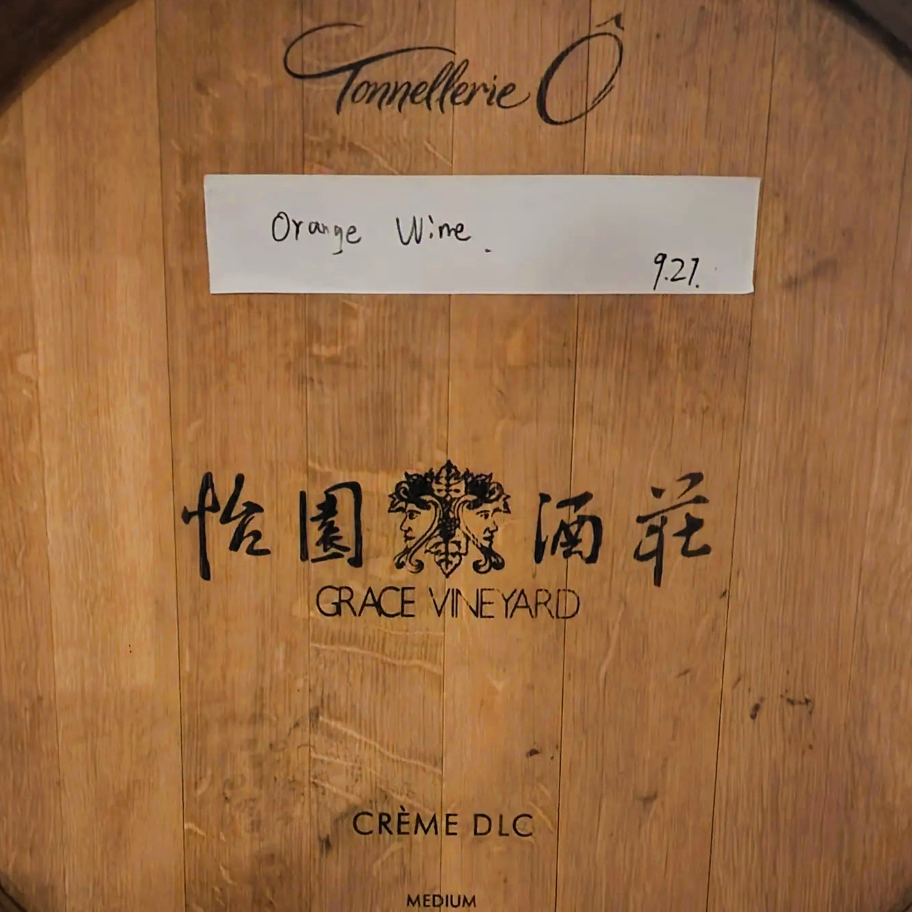
6 You guys are making your first orange wine this year. What grapes are you using and how are the taste tests so far?
So far, so good. We are using Chardonnay and Muscat, and the wine is very aromatic, and not bitter.
We find lots of orange wine is slightly bitter, which we don’t enjoy much. We are happy that we can manage to control for that factor during fermentation.
We are not going “crazy” for orange wine in terms of mass production. We see it as a current trend in the market that is worth exploring. Again, we want to make sure everything at Grace Vineyard is well made.
7 I know you have tasted quite a few other wines from producers around China this year. What are three or four local wines that impressed you?
The Lingering Clouds’ tea-infused Chardonnay series from Liu Jianjun: at least two of those are among my favorites this year.
These are fun to drink and rather an eye-opener. I never knew we could create such flavor combinations from the traditions—tea and wine—of two worlds.
I also enjoyed a tempranillo from Xi Ban, which has varietal attractiveness, and is dense and balanced and not overdone, and a viognier by Maria Teresa Romero Ponce at Stone & Moon.
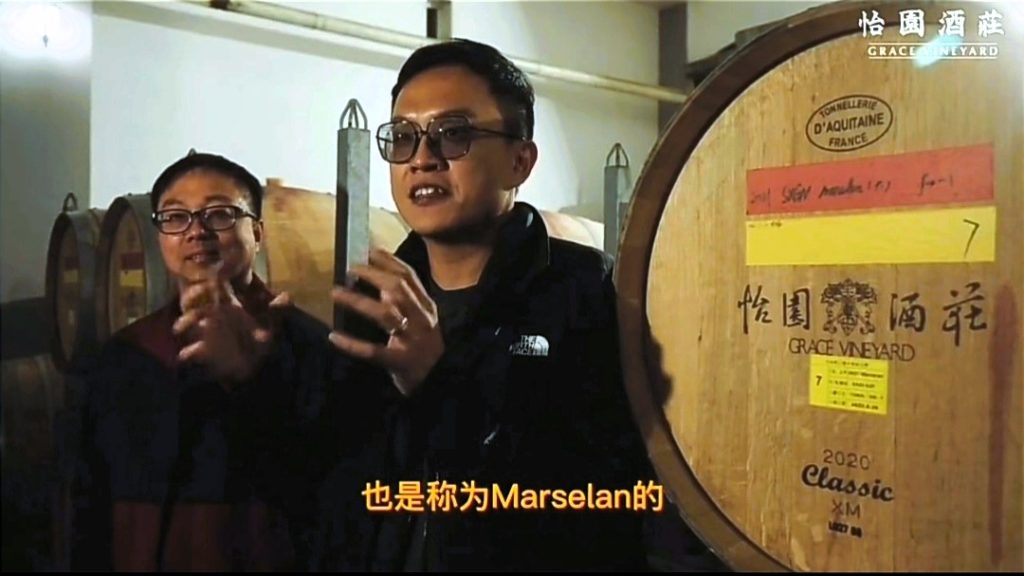
8 Finally, you guys have been big supporters of World Marselan Day. What can we expect from Grace’s 2023 Marselan!?
Expect a ripe and rich wine, and with good production volume, in 2023. During the pandemic years of 2020, 2021 and 2022, we had very difficult vintages in Shanxi and only managed a fraction of our usual harvest. But for 2023, we are looking a normal volume, with good ripeness and density.
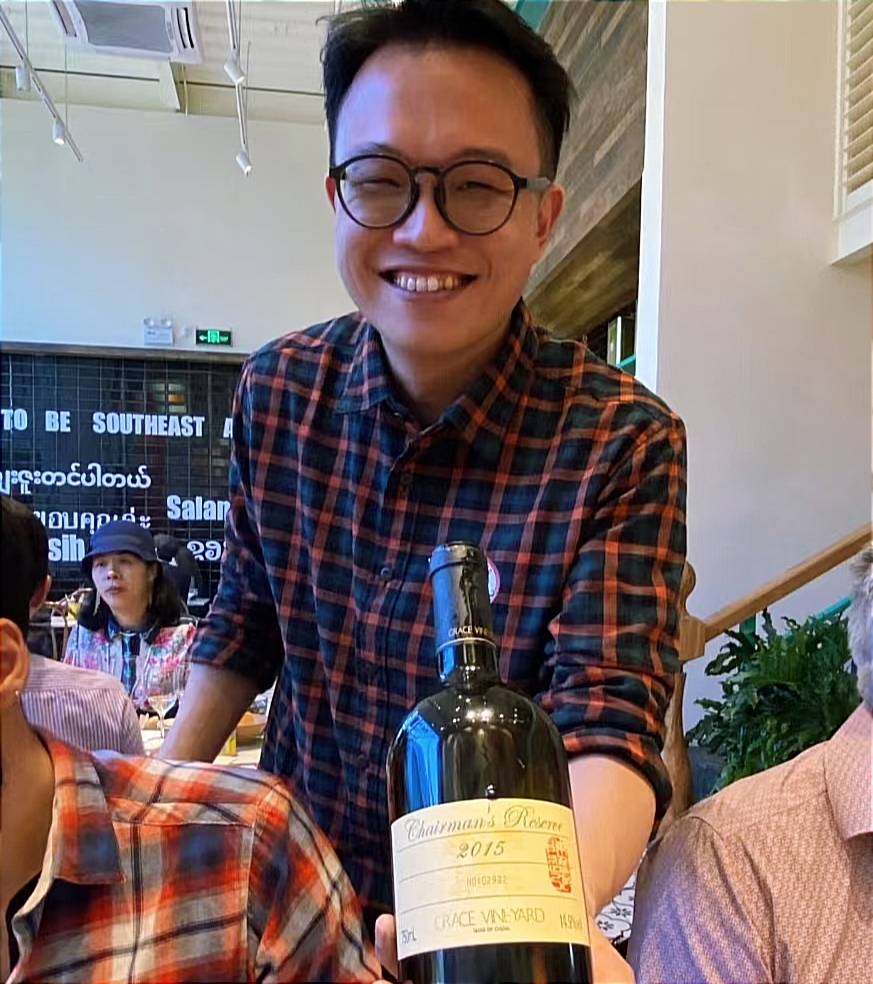
Grape Wall has no sponsors of advertisers: if you find the content and projects like World Marselan Day worthwhile, please help cover the costs via PayPal, WeChat or Alipay.
Sign up for the free Grape Wall newsletter here. Follow Grape Wall on LinkedIn, Instagram, Facebook and Twitter. And contact Grape Wall via grapewallofchina (at) gmail.com.

Leave a Reply
You must be logged in to post a comment.